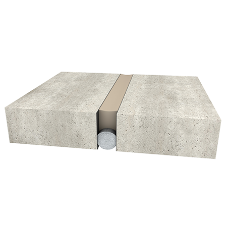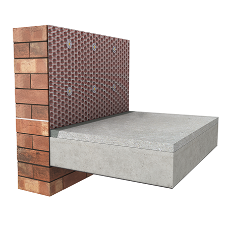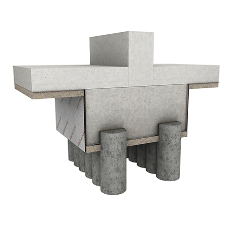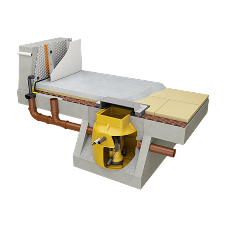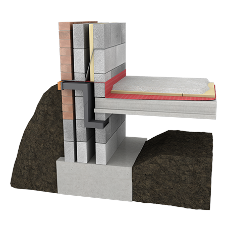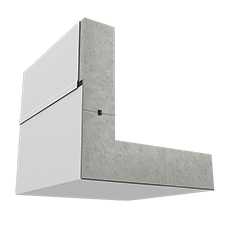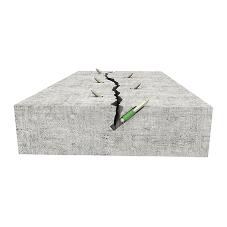When it comes to roofing, green roofs are without doubt, fantastic.
Green roofs or “living roofs” are roofs where planting or greenery is installed above the waterproofing layer. They are environmentally friendly because they are effectively giving back the footprint occupied by the building to nature.
Green roofs also have advantages in extending the service life of a waterproofing membrane system. For example, shielding it from exposure to UV radiation and freeze/thaw action in winter.
They also have some genuine other benefits:
• The blanket of greenery, sedum or growing medium also acts as an insulating blanket for the internal environment. This means that internal temperature variations will be less extreme, which can lead to savings in heating bills. In fact, a green roof with a thickness of 10cm has been shown to be of equal benefit to 1cm of thermal insulation.
• Benefits in acoustic sound insulation, typically at around 8 Decibels can occur.
Green roofs also have an aesthetic appeal, in softening the look of rooftops and blend buildings into the natural environment.
Types of Green Roof
There are two basic types of green roof: intensive and extensive.
Intensive Green Roofs
“Intensive Roofs” support larger plants with deeper roots. Soil cover can be anywhere between 15cm to 60cm(+) thick. These must be maintained like gardens and may require additional watering.
Extensive Green Roofs
“Extensive Roofs” are roofs with a relatively low thickness of growing medium and with vegetation typically 8-10cm high. Normal levels of rainfall are usually sufficient to support these without the need for additional watering.
Depending on whether the roof design is intensive or extensive will impact on the levels of maintenance required. Drought resistant plants will require little maintenance however intensive green roofs can require more maintenance, although no more than what would be expected for a normal garden.
Green Roof Waterproofing Design
Green roof planting is just the known part, the visual that can be admired — underneath is where the technical approach is required. Green roofs require not only a waterproofing system but also a suitable drainage solution.
Consider a green roof as a layered process in terms of structural waterproofing.
One of the most important components of a green roof is the waterproofing/roof membrane. A Waterproofing Designer’s philosophy defines what they wish to accomplish in the design of their waterproofing system and which principles they will use to do so. Identifying a robust and suitable design philosophy is an important aspect when designing a continuous system, as this will not only directly impact in how users install the system but also in future maintenance which will directly impact on the property owner.
Although the green roof will retain much of the rain that falls on it, maintaining proper drainage on a green roof is still incredibly important. Use of moisture-retention fleece lined membranes such as the Delta Floraxx Top or Terraxx, ensures water remains in the soil of the green roof rather than letting it pool on the waterproofing system below. Soil can potentially have a negative impact on the waterproofing solution, so it is vital that both the waterproofing solution and drainage layer are incorporated during the design phase.
As with any waterproofing system, maintenance and visual inspections are required and should be scheduled for regular inspection.
If you would like to hear more on Delta’s green roof details or further information about their range of waterproofing systems, please contact info@deltamembranes.com or call on 01992 523 523.
Green Roofs – A Sustainable Approach
| T | (01992) 523523 |
|---|---|
| F | (01992) 523250 |
| E | info@deltamembranes.com |
| W | Visit Delta Membrane Systems's website |
| DELTA House, Merlin Way, North Weald, Epping, Essex, CM16 6HR |
Products by this Company


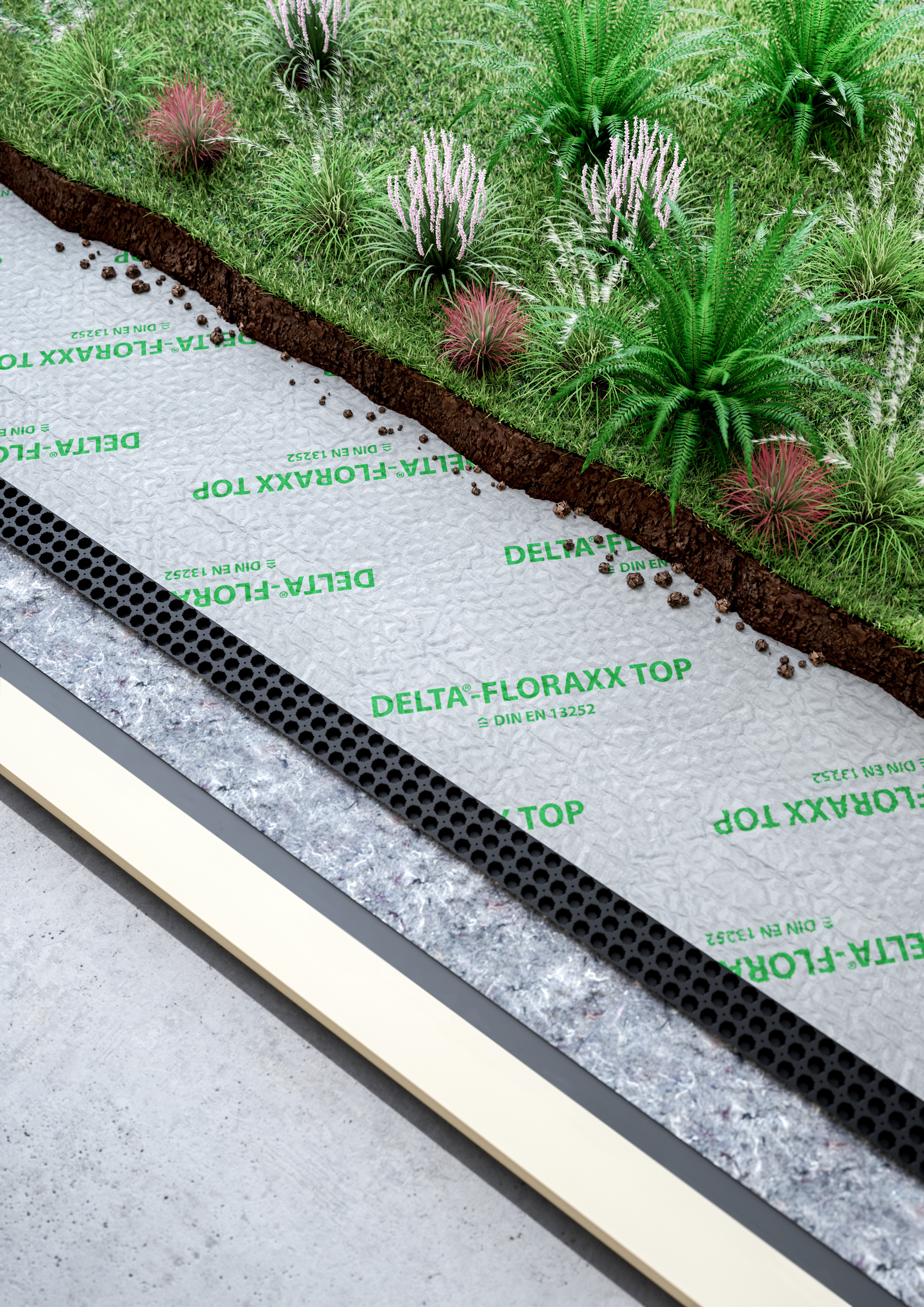
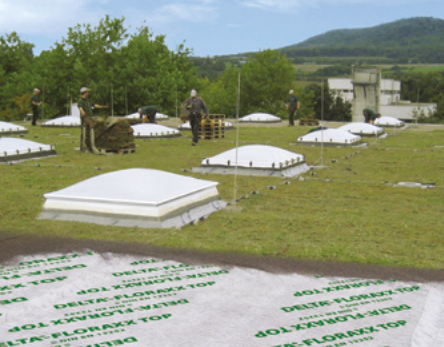
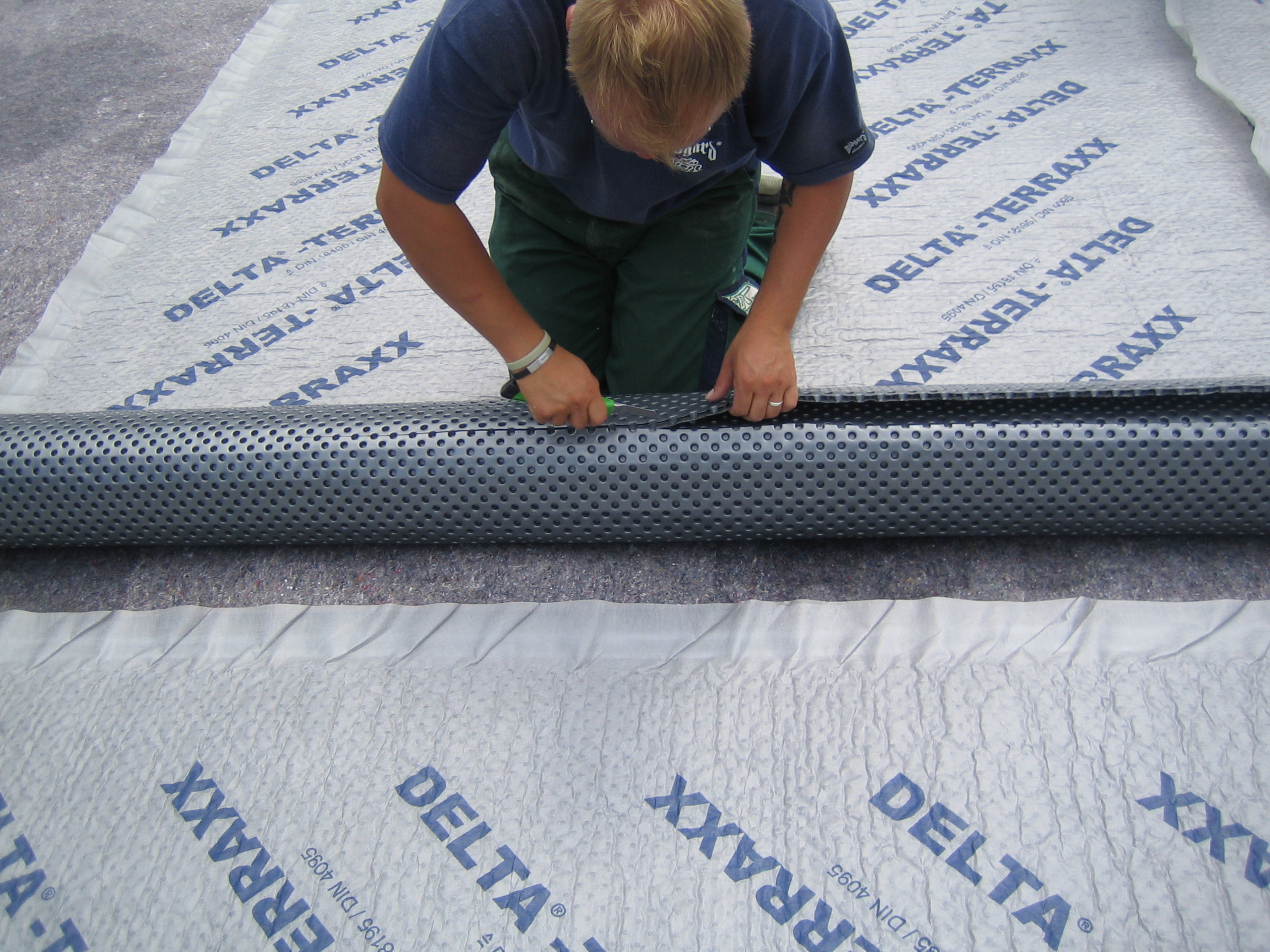
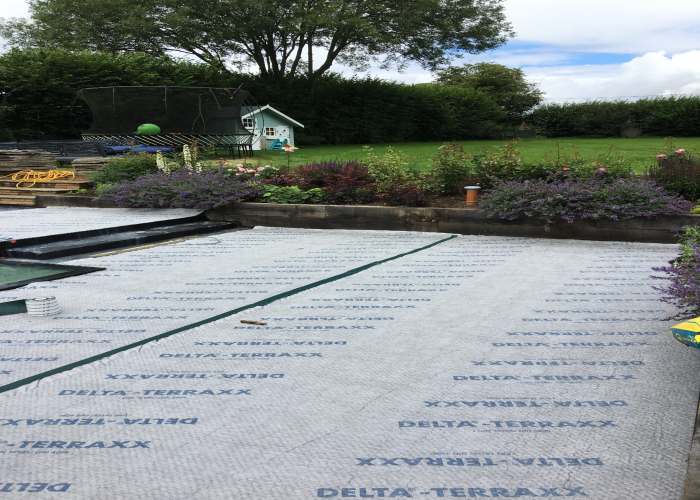
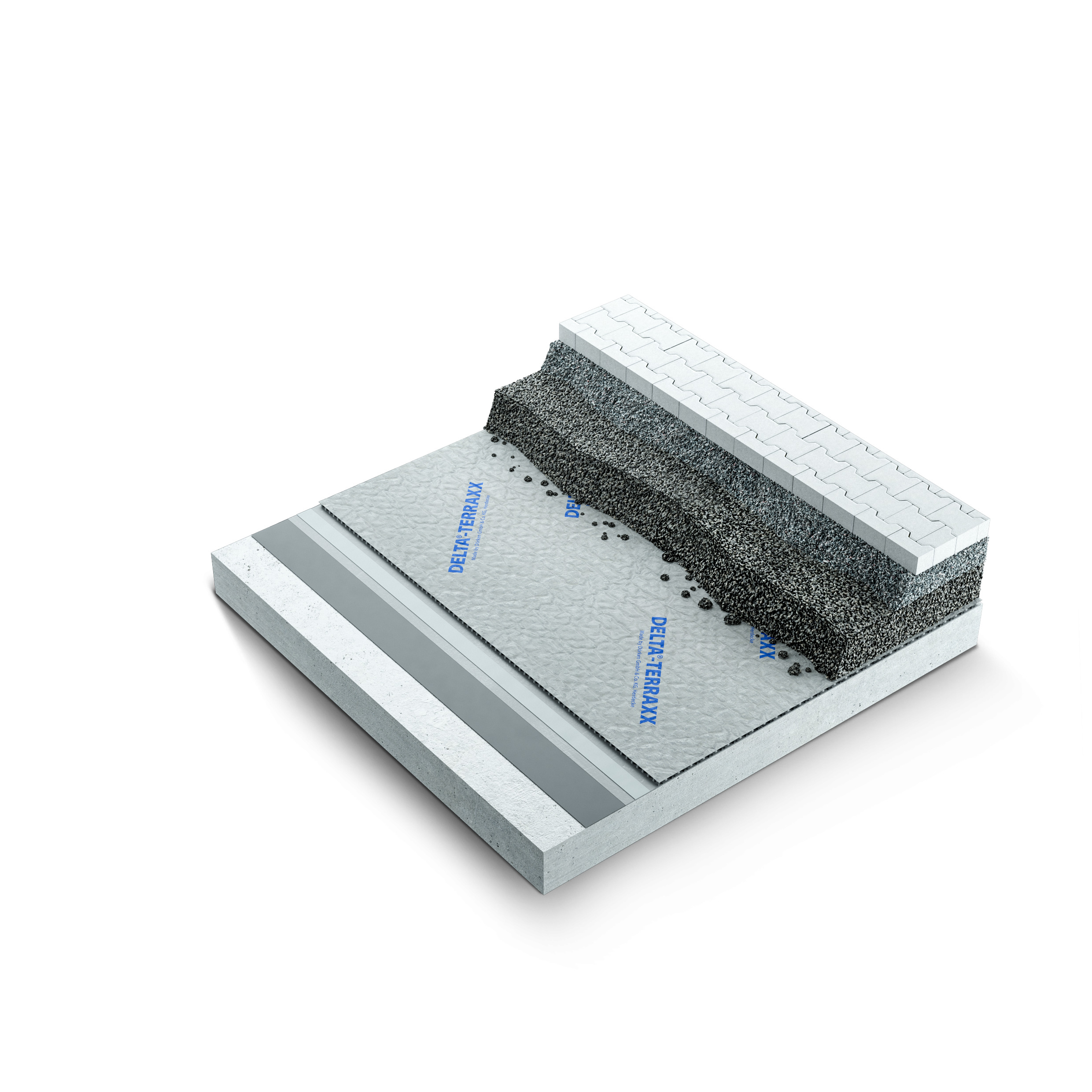
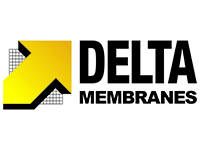
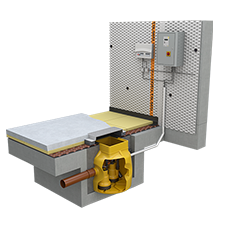
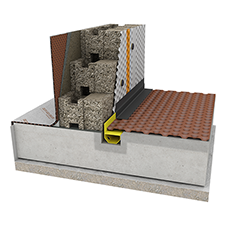
227.png)
